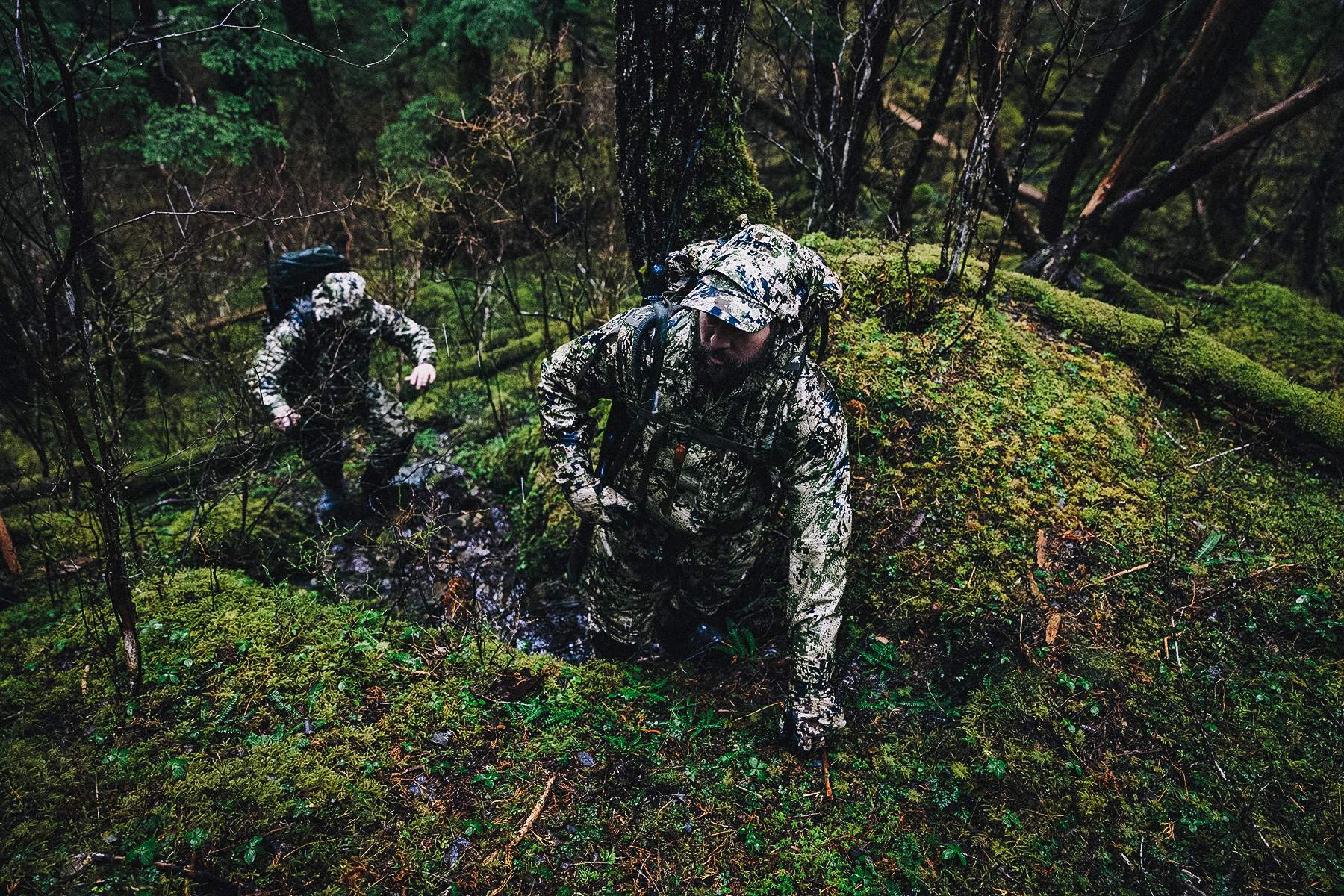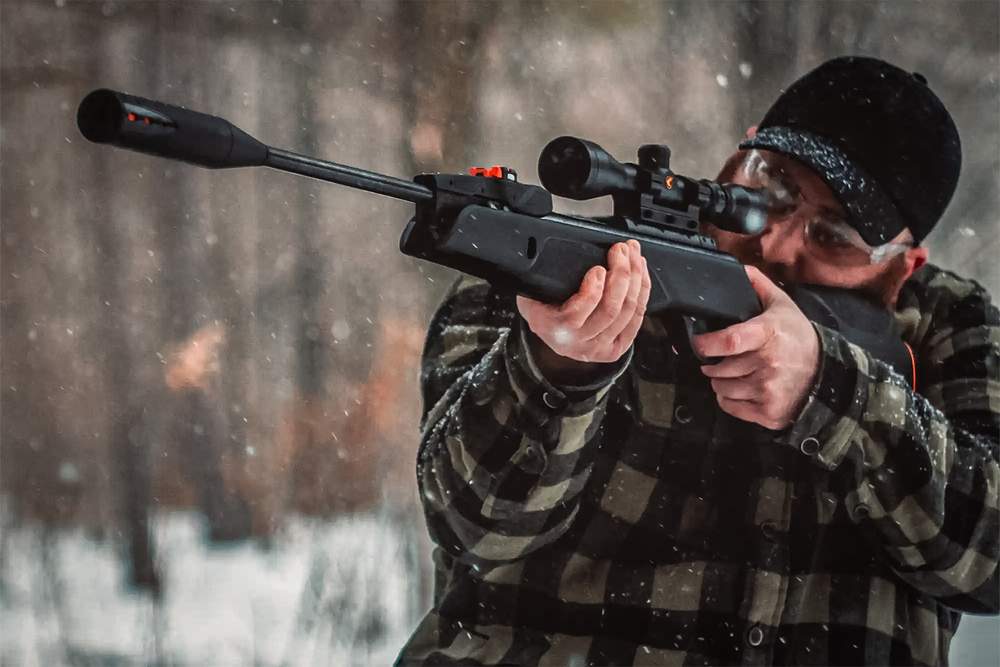When it comes to fitness for enjoying the outdoors, we often focus on building our physical strength to make the most of our time in the fields and woods. That’s undoubtedly a good thing. However, if you don’t also dedicate some time to mental fitness, you could be missing out.
We introduced you to John Barklow in the July/August 2025 issue of Hook & Barrel Magazine. John, a former Navy diver who spent much of his military career teaching wilderness survival to Navy SEALs, is the Big Game and Whitetail Product Manager for Sitka Gear and an avid big game hunter.
Over the years, John has spent a lot of time in both a whitetail deer stand and trekking the mountains searching for mule deer or elk. Along the way, he’s learned a few things about mental fitness for both types of hunting. Luckily for H&B readers, he was happy to share some of those insights with us.
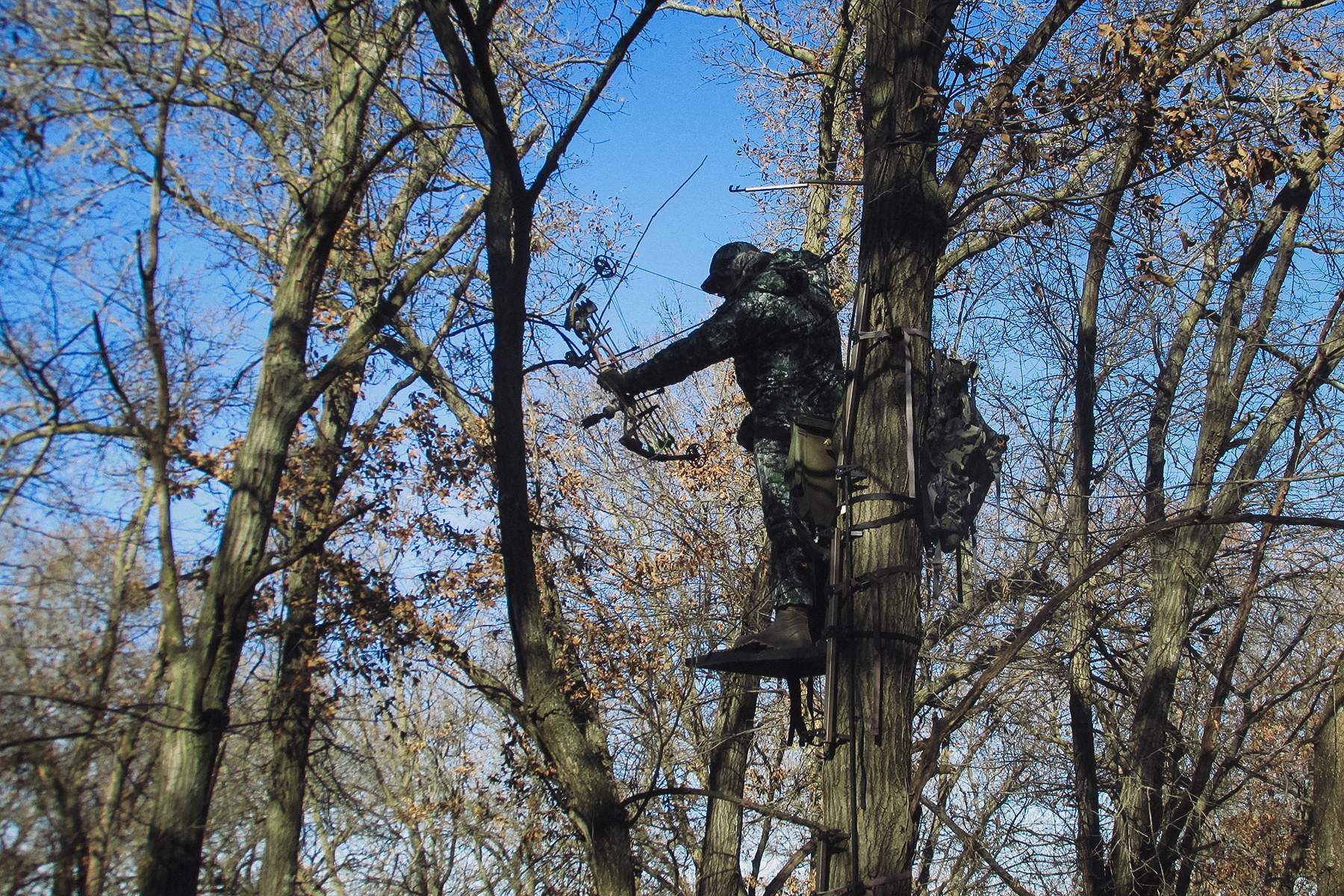
Mental Fitness for Still Hunting Whitetails - Key Takeaways from John Barklow
- John Barklow, former Navy diver and Sitka Gear’s Whitetail & Big Game Product Manager, emphasizes mental toughness as essential for both whitetail and Western big-game hunters.
- Whitetail Hunting:
- Western Big Game Hunts (Montana, Rockies):
- Main Lesson:
Mental preparation is what keeps hunters in the stand or pushing through one more ridge. Barklow stresses that physical prep feeds mental resilience, which often determines success in the field.
How To Fuel Up For Whitetails
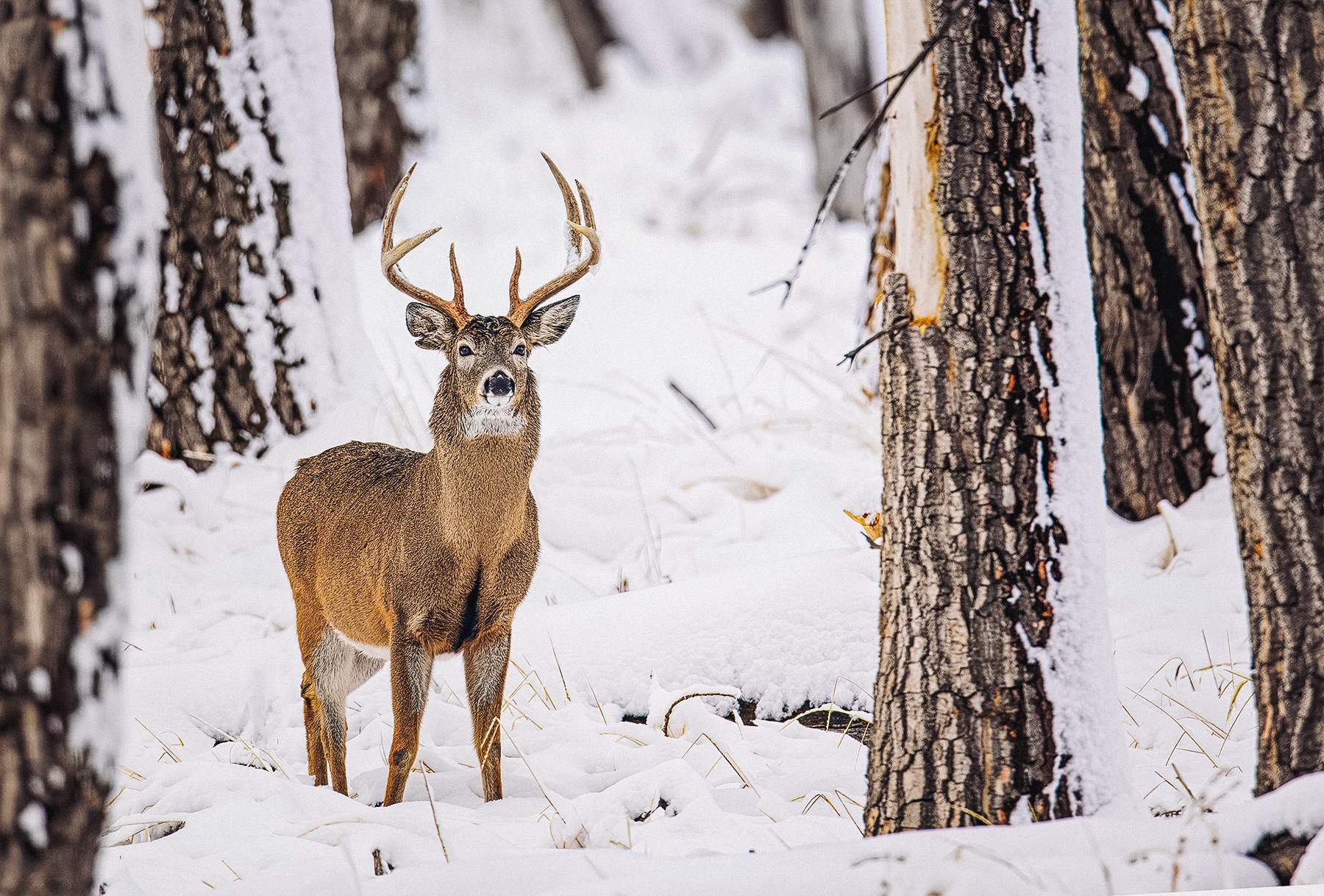
“Personally, I think whitetail hunting is tougher mentally, mainly because you’re not moving so you don’t have a lot to distract yourself,” John said, when addressing stand hunting versus spot-and-stalk. “I think we often focus on the Western big-game hunter, and we focus on the physicality of it. But I think we overlook the unique challenges of a whitetail hunt.”
John breaks a stand deer hunt into two parts—the commute (getting to your stand or ground blind) and the sit. During the commute, he said, you’re trying to limit your sweat, avoid overheating your system and just get to your stand or ground blind.
Then comes the “sit,” which might last all day for several days. And that poses a challenge to many.
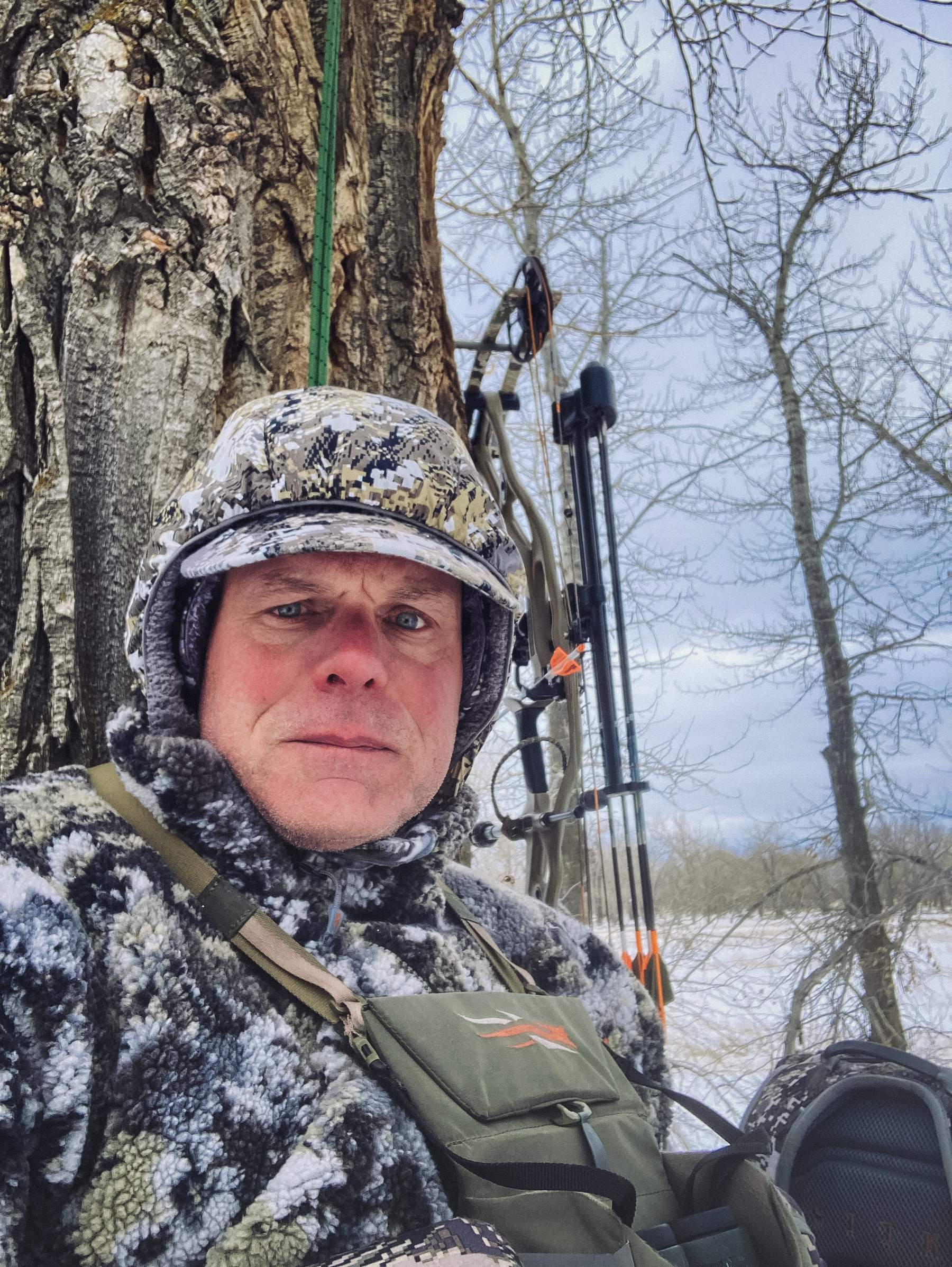
“Essentially, you are 100% reliant on your clothing and your metabolic engine to stay warm, since much of the best whitetail hunting is in cold weather,” John said. “Unlike a big game hunt where I can get up, walk around, do jumping jacks or move to a different location, you are really dependent on your clothing and what you feed yourself.
"Feeding yourself is just like fueling your truck — the better your truck is fueled, the better it’ll run. Too often we overlook fueling and hydration.”
According to John, the mental challenge of a long stand hunt can be even more difficult than the physical challenge.
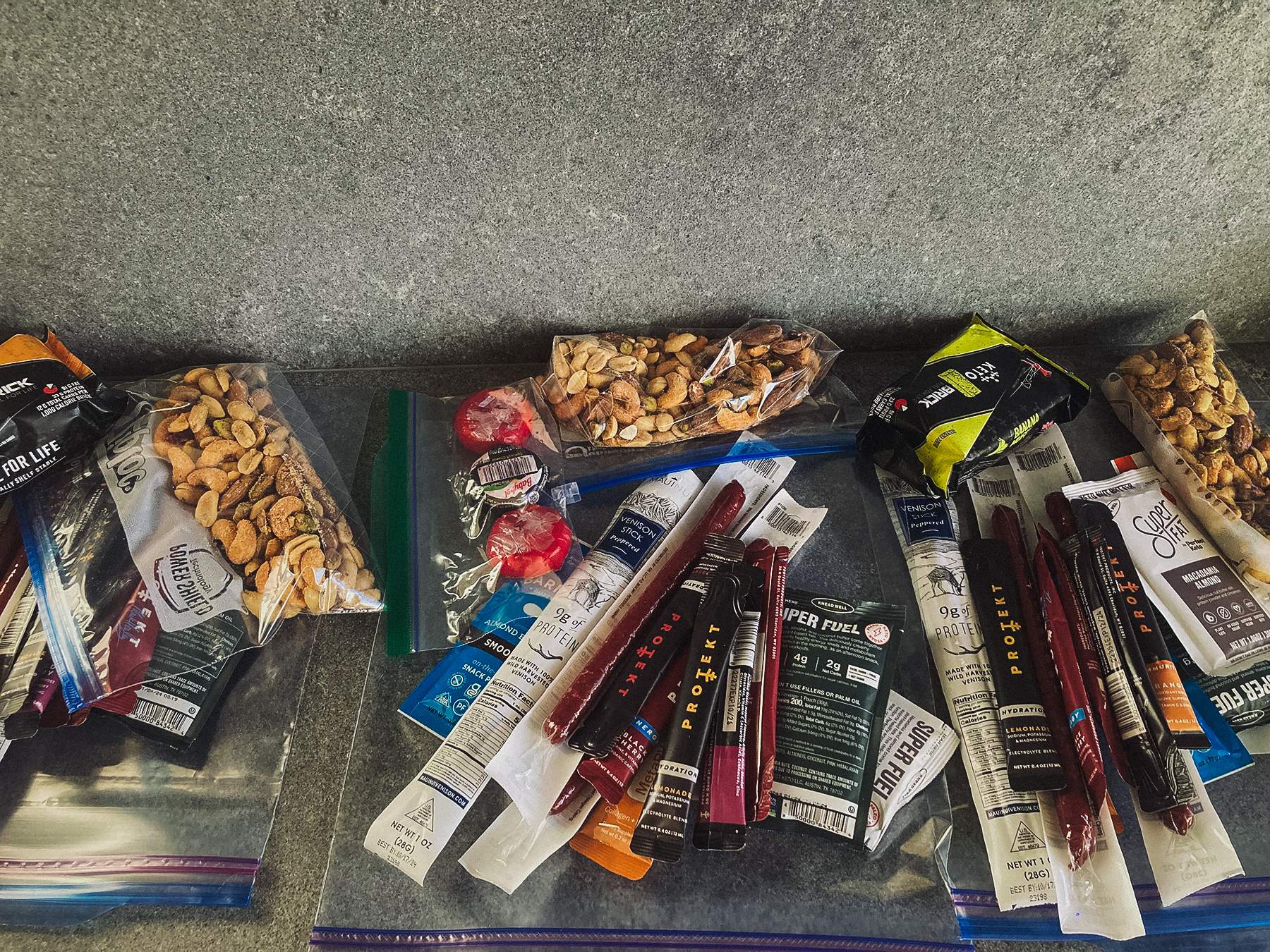
“Say, I’m going on a 10-day Montana whitetail hunt,” he said. “If it’s the rut, you’re often up early and then you have an all-day sit where you really can’t move because it’s going to compromise your hunt. You’re going to sit all freaking day.
"And then you’re going to walk back in the dark and have something for dinner. And then mentally, what you have to look forward to is the same thing the next day, then over and over and over. And it can be a strain mentally.”
Mind Building Exercises For Whitetail Deer Hunters
As John noted, the mental part is difficult to train. He said that fueling and hydrating can serve as a distraction to make sitting on the stand for a long time a bit easier.
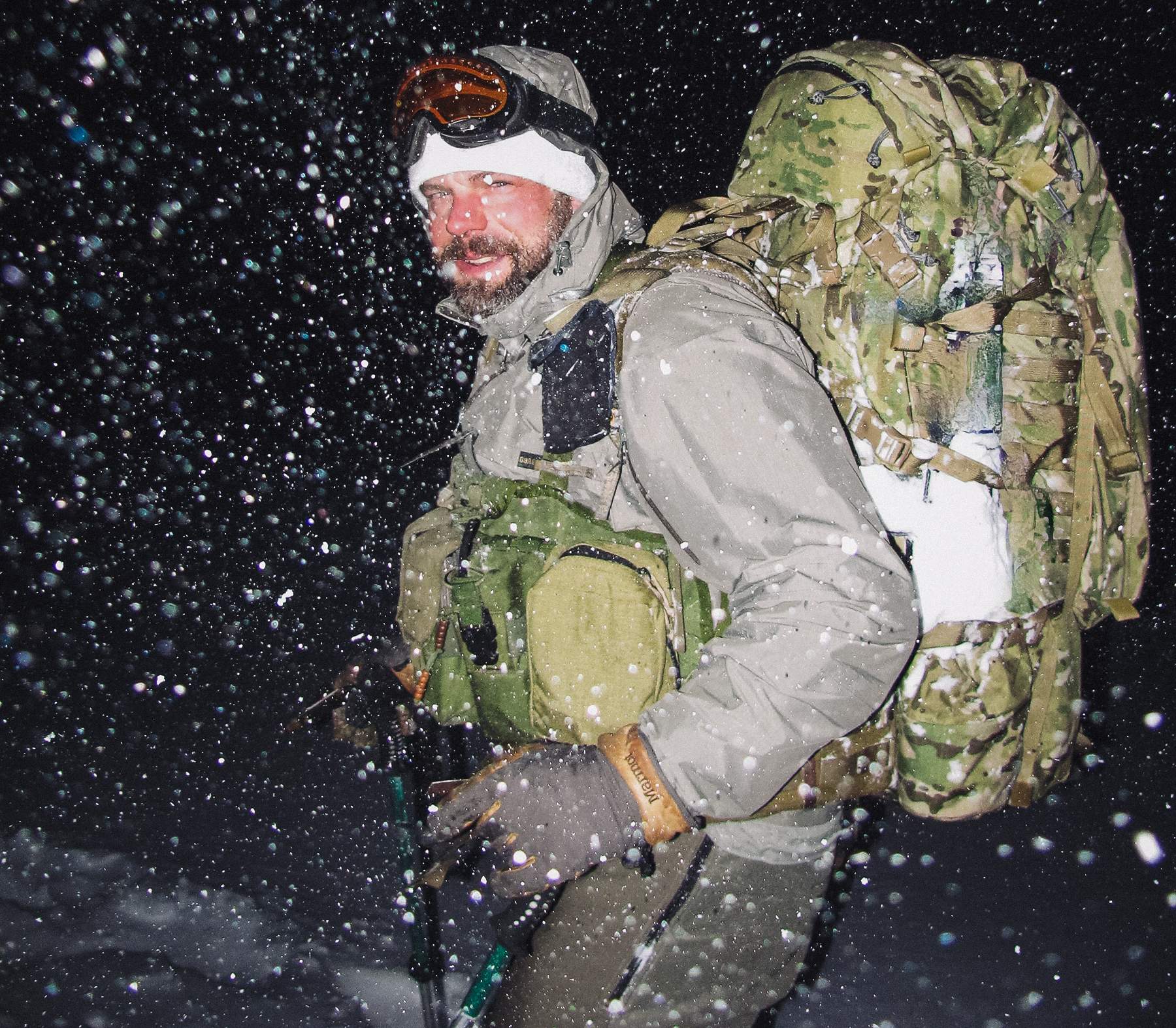
“I think that you can use food to not only fuel that engine, but you can sit there and say, ‘OK, I’m going to be disciplined and eat every 45 minutes.’ Or, ‘I’m going to eat every hour and I’m going to drink hot soup every two hours,’ or, ‘I’m going to bring what I call my breakfast and eat it.’
"So, it gives you something to look forward to. I like to say that you can become very overwhelmed mentally doing a lot of things outdoors. If you sit there and just think about the whole 12-hour sit, it’s going to be really, really difficult.”
As John pointed out, preparing physically by going to the gym every day isn’t that difficult if you stick with it. He said building mental toughness for a long sit is somewhat harder.
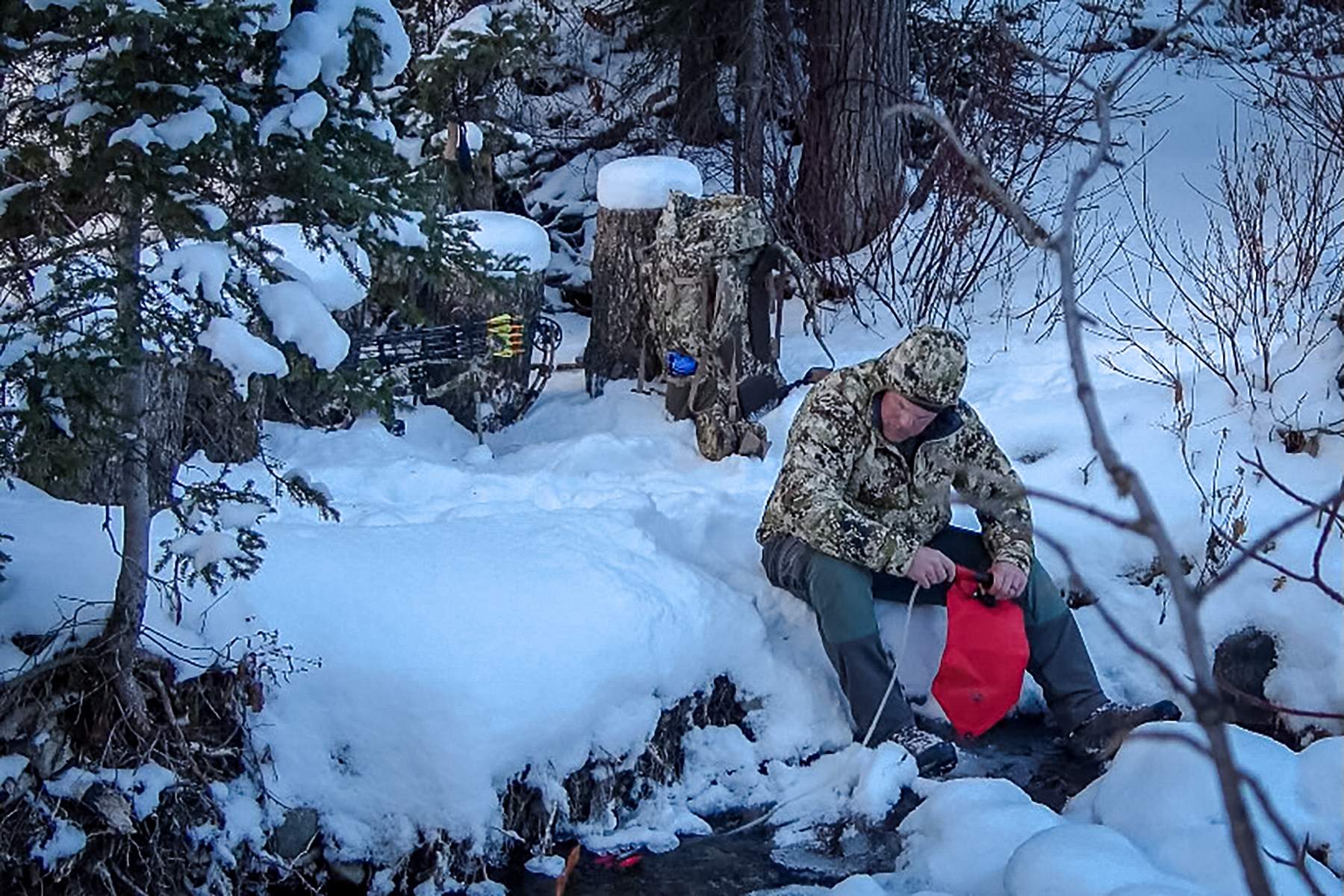
“For me, anyway, that mental toughness is built one brick at a time,” he said. “It’s built one day at a time. It’s not something that I can turn on and turn off. Much of it comes from knowing you are prepared. I’m going to shoot my bow X number of days a week, or I’m going to shoot my rifle starting a month prior to season.”
Some of the tactics John uses for mental fitness come from being a cold-weather combat instructor for the Navy. He said sitting in a stand all day can be made easier if you know you’ve endured worse.
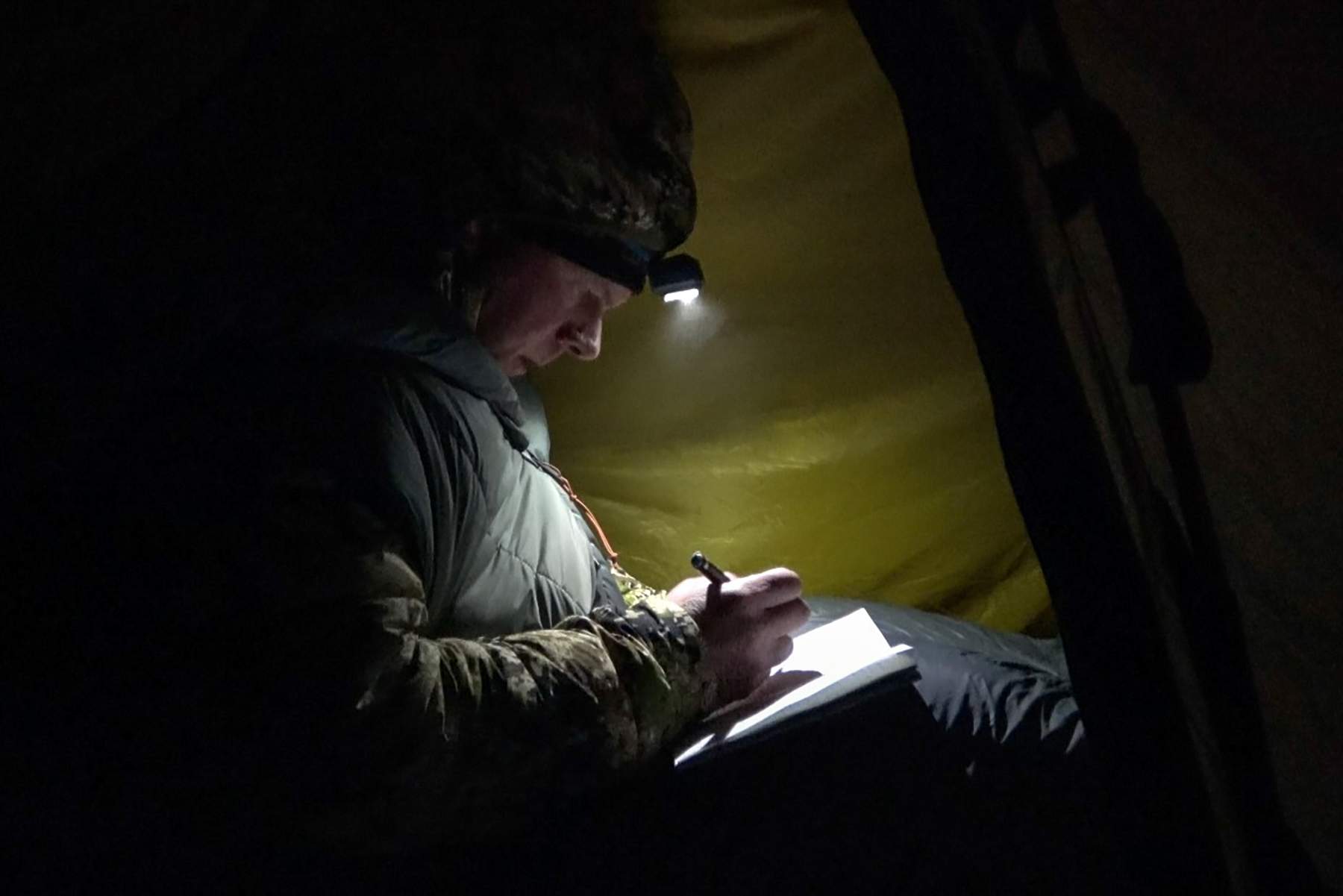
“That’s where the cold plunge and the cold showers come in,” he said. “It’s forcing yourself to do things that seem untenable. That’s where you’re going to be able to draw from the reserve, to sit there and go, ‘Yep, I’ve got a 10-day whitetail hunt. It’s the rut. It took me six years to draw this Iowa tag.
"If it makes hunting sense, I’m committed to sitting here sunup to sundown, 12 to 13 hours a day, for 10 days if that’s what it takes to get one shot.'
"If I’ve done all the things leading up to that scene, I know I can stay. I know what I have to look forward to. I know my clothing system is going to keep me warm and comfortable. I know that I’ve endured harder things than this in training.
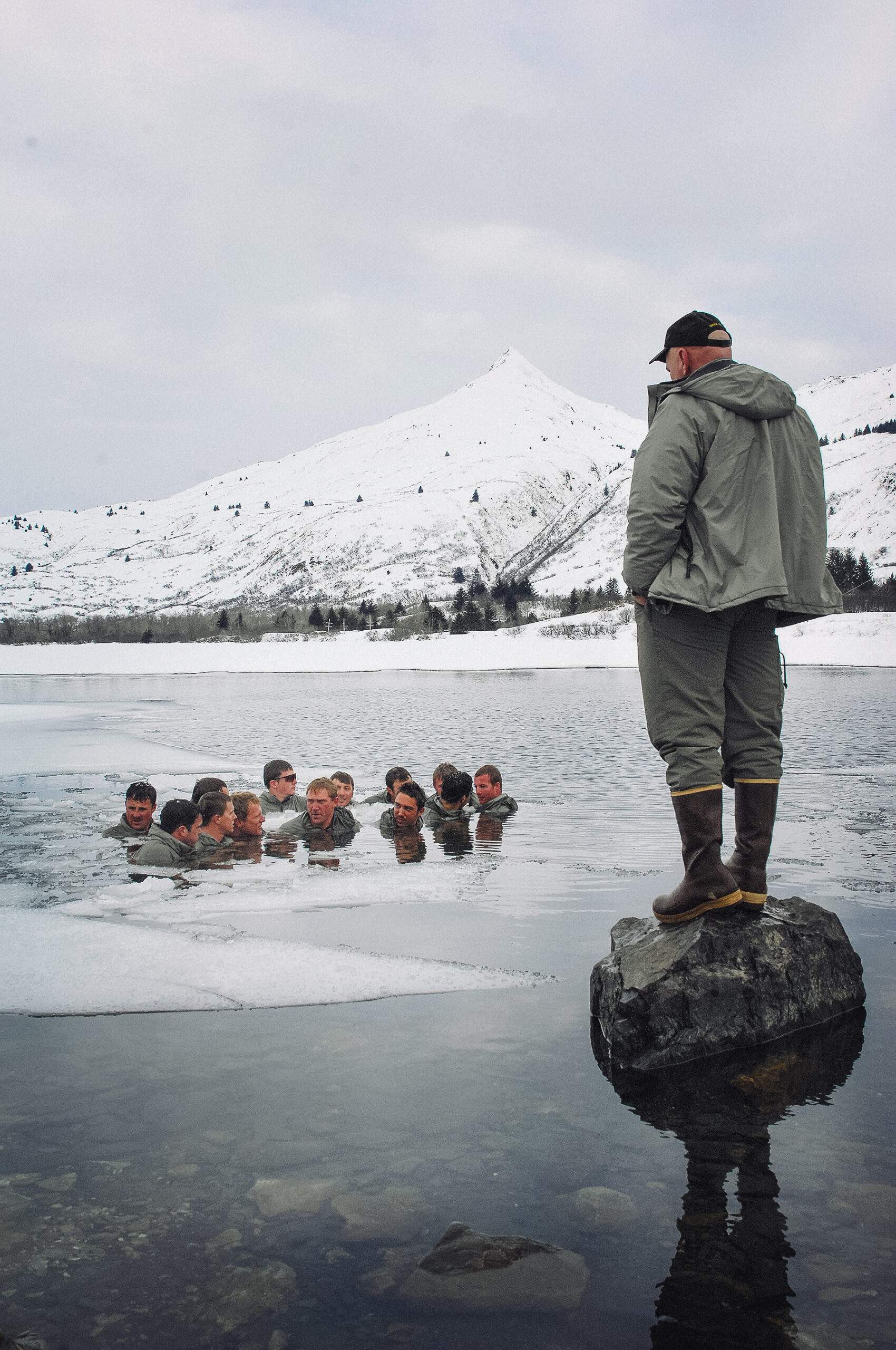
“If you haven’t prepared, you’re not going to have any reserve to fall back on, and that’s where you’re going to start to break down mentally. So, the physical feeds the mental in stand hunting more so than the mental feeds the physical.”
John said the mental game is also important for Western big-game hunting, but in somewhat of a different way.
“That internal voice can really be the biggest challenge that we face,” he said. “You know, you’re going up the mountain. You’ve trained so you know you can do it, but that internal voice is where the struggle comes from.
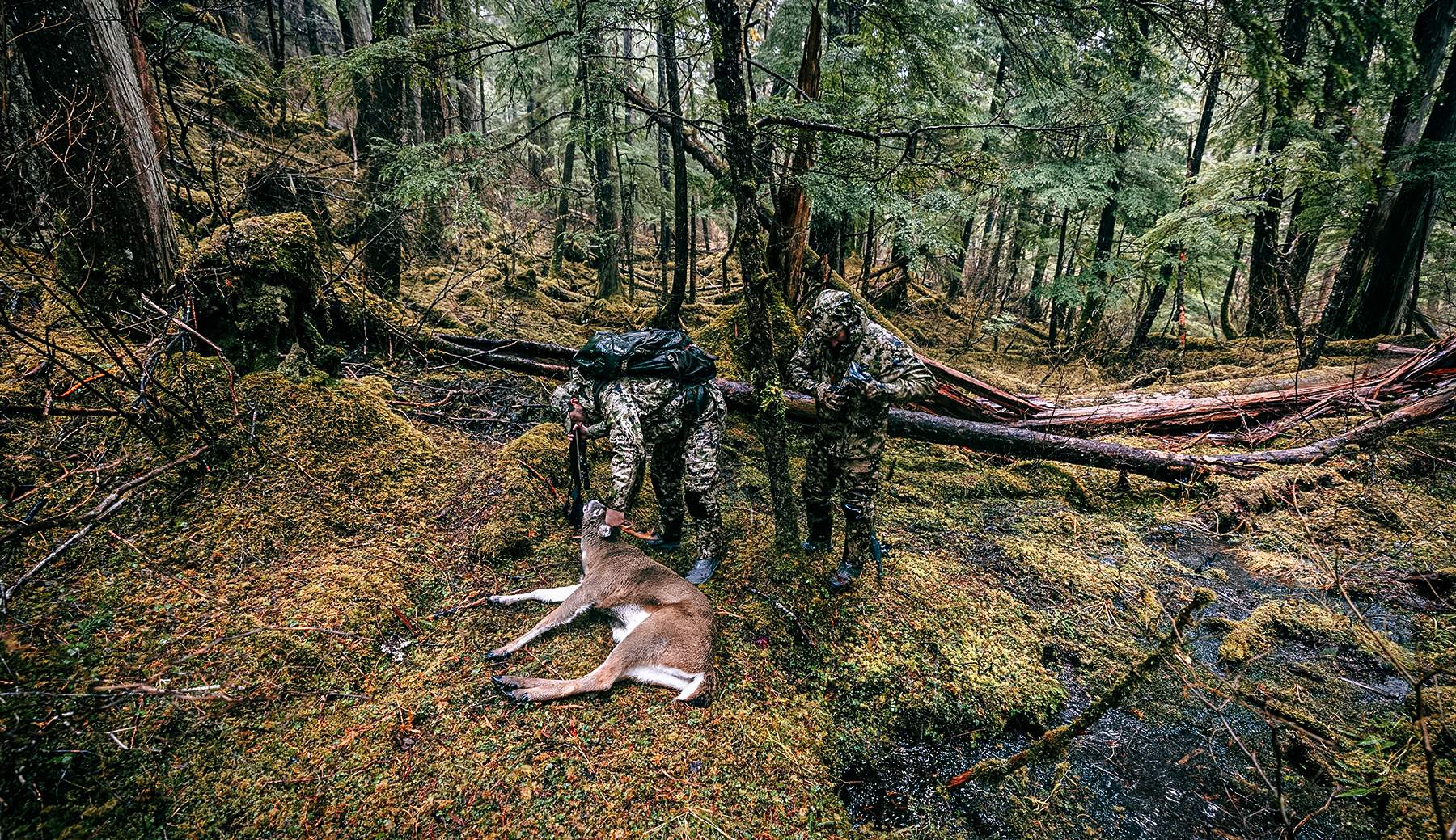
"The Western hunt is more physical, but the mental challenge of the Western hunt is looking up at the next mountain I’ve got to climb or the next valley I’ve got to cross or putting all this time and effort into making this stalk and then not making the right move or not calling at the right time and the bull runs away.
“Or, sometimes you miss that shot, and now you have to very quickly review your mistakes, decide that you’re going to pick yourself up by the bootstraps and go do it again. You have to be there mentally to drive the body physically.”
Staying Power Fills Tags
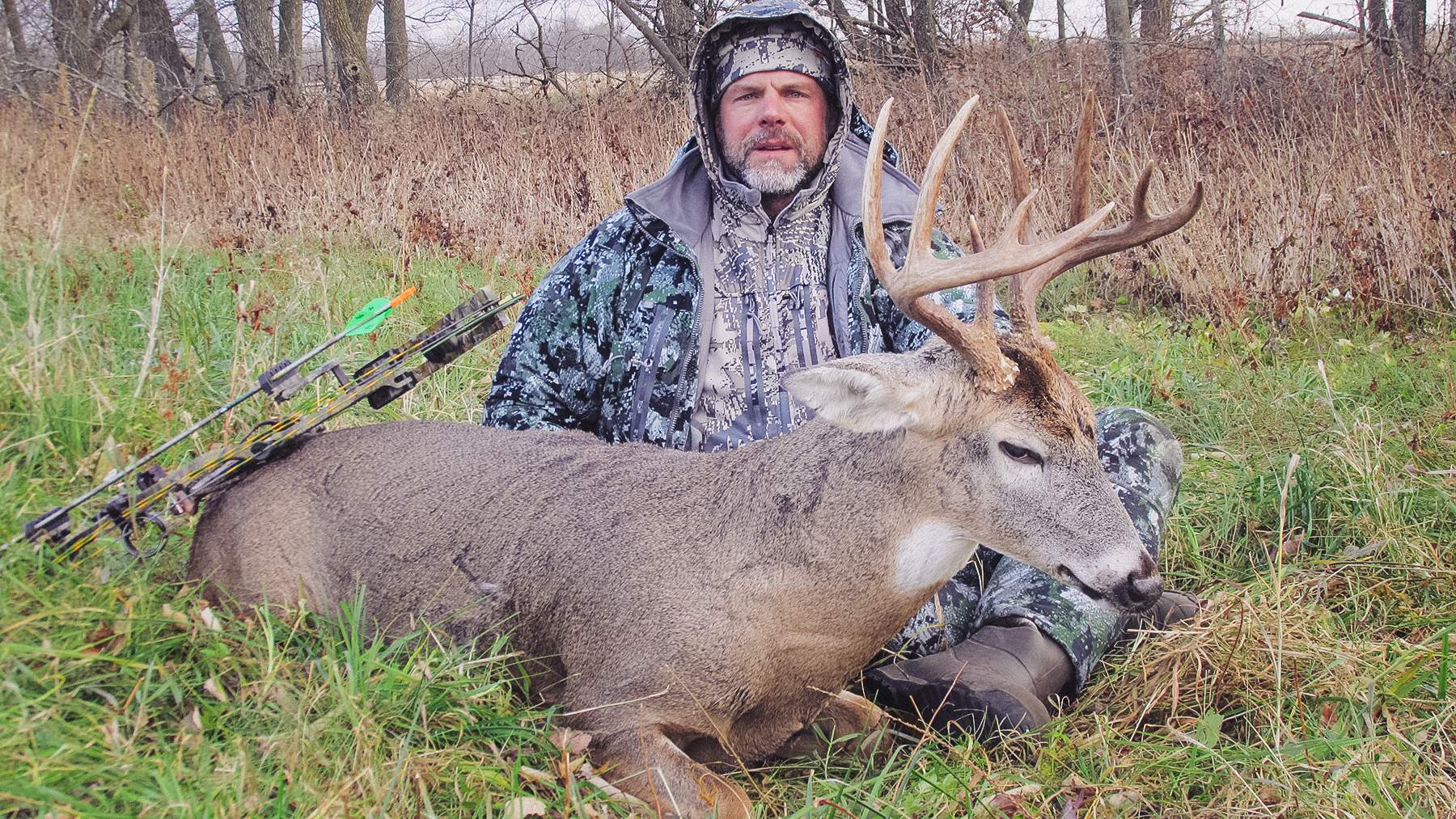
Ultimately, being mentally prepared is what will keep whitetail hunters on the stand longer and help Western big-game hunters conquer that next tall mountain.
Ignore building your mental toughness, and you’ll find yourself back at camp wondering whether you should have stayed while that big whitetail walks past your stand or that big bull is bedded just one ridge away.
